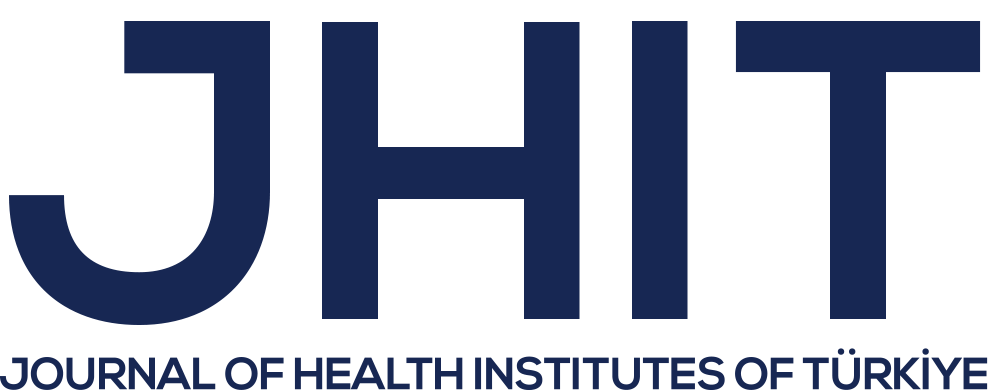ABSTRACT
Obstetricians commonly use Non-Stress Test to evaluate fetal well-being during the antepartum and intrapartum periods by measuring fetal heart rate and uterine contractions of the mother. Non-Stress Test is also used to diagnose fetal distress at an early stage. Early diagnosis and treatment can increase the fetus’s survival rate and improve their quality of life. The fetal heart rate and uterine contraction signals obtained from the Non-Stress Test are recorded on a paper called a trace. Obstetricians interpret the trace to make decisions about the fetus’s condition. However, traditional analysis of Non-Stress Test takes time, and there are differences in interpretation among experts. Newly qualified doctors and midwives are more prone to making mistakes and incorrect decisions. To overcome the differences in the interpretation of Non-Stress Test analysis and to automate the process to minimize diagnostic errors, machine learning and deep learning models have been increasingly used in recent years. In this study, the literature of the past five years is researched, and numerical expressions, tables, and graphs related to this are presented.



